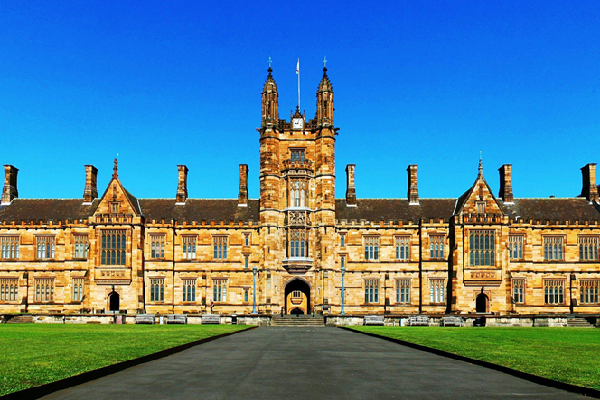University of Sydney: $2.2M boost for research equipment and infrastructure
The four University projects funded under the Australian Research Council (ARC) Linkage Infrastructure, Equipment and Facilities (LIEF) scheme include the world’s first comprehensive digital economy regulation database and specialist facilities for drug development.
Deputy Vice-Chancellor (Research) Professor Emma Johnston said the funding would bolster the University’s world-class research facilities and provide academics at Sydney, as well as collaborators from other universities and industry, the opportunity to conduct specialist research to address key issues facing Australia and the world.
These new facilities will enable scientists to build new materials that are more resilient to Australia’s harsh climate and ‘smart windows’ that capture sunlight and convert it to electricity, for more sustainable living.
Professor Emma Johnston
“They will facilitate deep dives into molecular pathways for drug development and allow academics to provide in-depth advice to governments on regulating the digital economy.
“Congratulations to all those involved in getting these projects off the ground. I look forward to hearing more about their progress,” Professor Johnston said.
Anita Ho-Baillie outside Sydney Nano building
Professor Terry Flew, from the Faculty of Arts and Social Sciences, and team will work on a $215,000 project to develop the world’s first comprehensive database to track developments in digital and internet regulation internationally. This will enable researchers to provide insights to the ICT industry, policy-makers, and advocacy groups, and place Australia at the forefront of regulatory best-practice in the digital economy.
Professor Anita Ho-Baillie (pictured above), from the Faculty of Science and the University of Sydney Nano Institute, and team have been awarded around $500,000 for specialist facilities micro- and nano-scale material processing and device fabrication, which will enable the development of ‘smart windows’ that can harness sunlight to power buildings, ultra-violet sensors for preventing skin cancer and sensors for detecting greenhouse gases.
Michael Kassiou in the lab
Professor Chris Ling, from the Faculty of Science and Sydney Nano, and team have been awarded around $550,000 for Australia’s first in-house suite of instruments to complement and enhance capabilities at the Australian Synchrotron. The project will enable scientists and engineers to learn new information about structure and bonding in functional materials and molecules, in order to improve their performance.

